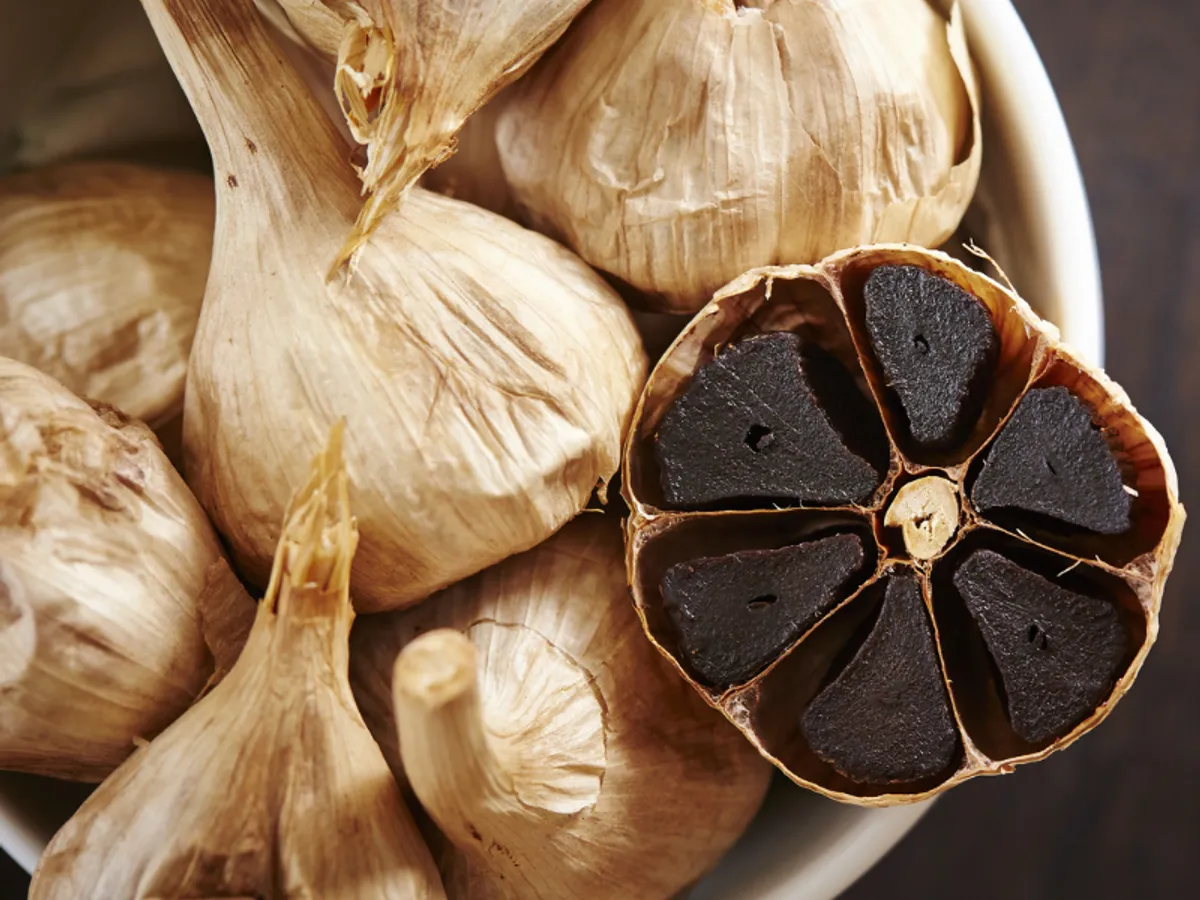Black garlic is quickly becoming a sought-after ingredient among foodies, chefs, and health enthusiasts alike—but with its rising popularity come plenty of myths and misinformation. If you’ve been curious about black garlic, read on as we clear up some of the most common misconceptions surrounding this intriguing ingredient.
Myth 1: Black Garlic Is Just “Rotten” or “Old” Garlic
Reality: Despite its dark hue, black garlic isn’t simply garlic that’s been left to spoil. It’s actually made through a carefully managed aging process under controlled heat and humidity. This transformation softens the cloves, darkens their color, and brings out sweet, savory flavors. Far from being “bad,” black garlic is often likened to roasted or caramelized garlic, but with even more depth and complexity.
Key Point: Black garlic is deliberately aged in a warm, humid environment for weeks—nothing rotten or unsanitary about it!
Myth 2: It’s Always Fermented
Reality: The term “fermentation” gets tossed around a lot when people talk about black garlic, but the primary process at work is the Maillard reaction. This reaction involves amino acids and natural sugars reacting under heat, creating the dark color and rich flavor. While certain microbial processes might occur, the predominant change is browning, not fermentation.
Key Point: Black garlic might have mild fermenting activity, but the main chemical magic is the Maillard reaction—similar to how toast browns or coffee beans roast.
Myth 3: All Black Garlic Tastes the Same
Reality: Just like wine or cheese, black garlic can vary widely in flavor, texture, and aroma depending on factors such as garlic variety, aging conditions, and duration. Some black garlic may be sweeter, while others have a tangier, balsamic-like bite. Different producers follow unique methods, so each batch can have its own signature notes.
Key Point: Different types of garlic, varying aging times, and specific temperature-humidity combos can lead to subtle (or not-so-subtle) flavor differences.
Myth 4: Black Garlic Is a Trend With No Health Benefits
Reality: Yes, black garlic is trendy, but it also comes with potential health perks. Studies indicate it could have higher antioxidant levels than raw garlic, plus beneficial compounds like S-allylcysteine. While it’s not a miracle cure, black garlic’s nutrients and antioxidants may support heart health, reduce inflammation, and bolster immunity.
Key Point: Black garlic contains healthful compounds—though it’s still important to enjoy it as part of a balanced diet.
Myth 5: It’s Just Like Roasted Garlic
Reality: Black garlic’s texture and sweetness might initially remind you of roasted garlic, but it undergoes a much longer aging process at much lower temperatures. Roasting garlic usually takes about 30–60 minutes in the oven, whereas black garlic can take 2–6 weeks to develop its signature taste and sticky, jelly-like texture.
Key Point: Both roasting and aging can mellow garlic’s bite, but black garlic’s slow transformation goes far beyond the quick caramelization of a roast.
Myth 6: Making Black Garlic Is Easy—Just Store It in a Closet
Reality: While people have successfully made black garlic at home, you’ll need a constant low temperature (often around 140–190 °F) and high humidity (80–90%) for weeks. Simply putting fresh garlic in a cupboard or closet won’t replicate these conditions. Most homemade techniques involve using rice cookers, slow cookers, or specialized fermenters to maintain consistent warmth and moisture.
Key Point: Black garlic can be DIY, but it requires patience, controlled heat, and proper humidity to achieve the authentic result.
Myth 7: You Can Only Use Black Garlic in Gourmet Dishes
Reality: While black garlic often appears in upscale recipes, it’s surprisingly versatile for everyday cooking. You can blend it into marinades, salad dressings, or dips. Mash it into butter for a flavorful spread, or add a hint of sweetness to soups and stews. Even simple pasta or scrambled eggs get a delicious boost from black garlic.
Key Point: Black garlic may be a gourmet favorite, but it can just as easily elevate basic weeknight meals.
Myth 8: Black Garlic Is Unnaturally Colored
Reality: The dark color isn’t due to food dyes or additives—it’s an all-natural result of the browning reaction. Over time, the garlic’s sugars and amino acids break down into compounds that produce deep-brown to black pigments. That’s why the transformation is progressive, going from pale bulbs to dark, sticky cloves.
Key Point: The black hue is a natural byproduct of the Maillard reaction—no artificial coloring involved.
Final Thoughts
Black garlic’s rise in popularity has brought along a fair share of myths—from it being just spoiled garlic to it being purely a marketing gimmick with no real benefits. In reality, black garlic is the product of a slow, controlled aging process that unlocks unique flavors and potential health boosts. Whether you’re a first-time taster or a devoted fan, understanding the truth behind these misconceptions can help you appreciate just how special black garlic really is.
Ready to give it a try? You might be pleasantly surprised by its sweet, savory complexity—and grateful that you took a moment to separate the facts from the fiction.

Comments (0)
No comments yet. Be the first to comment!